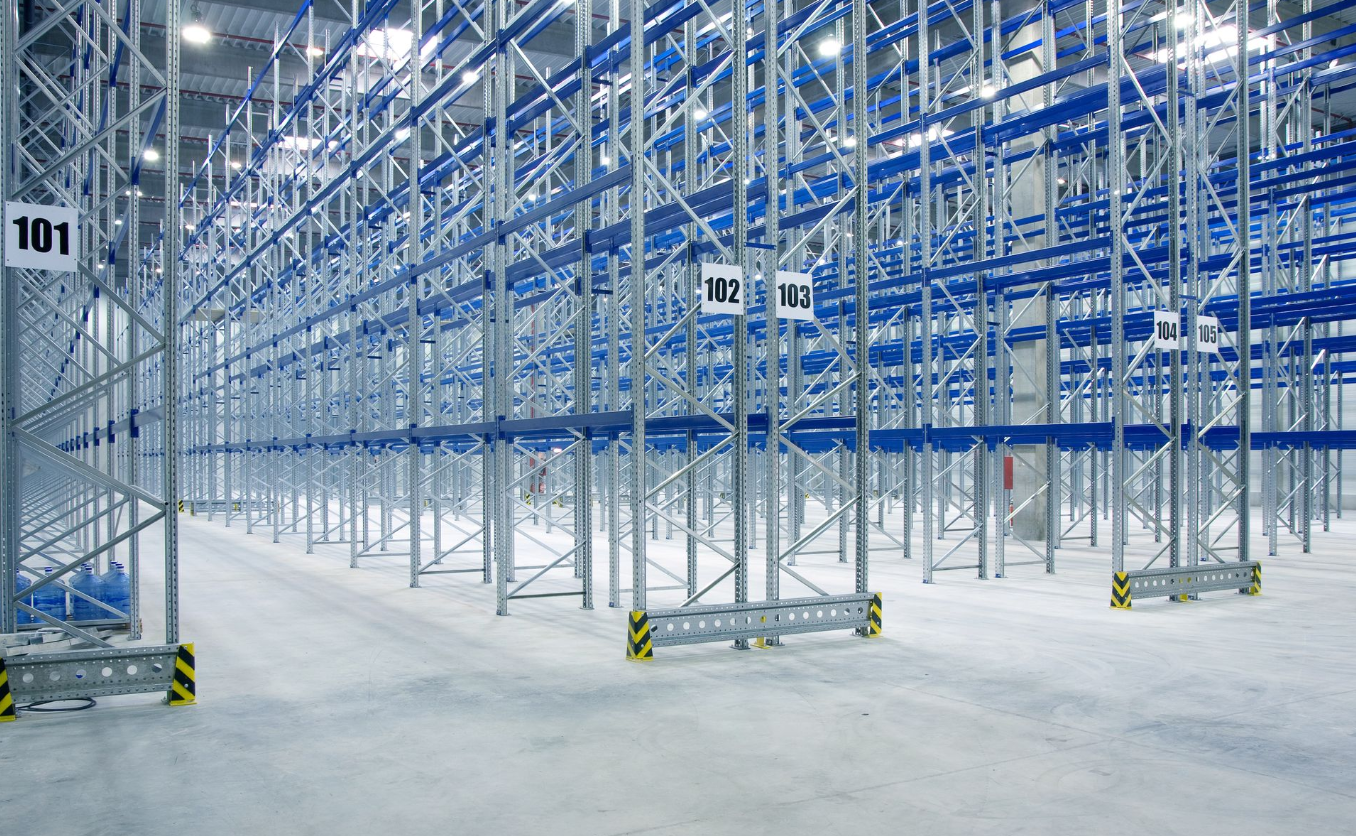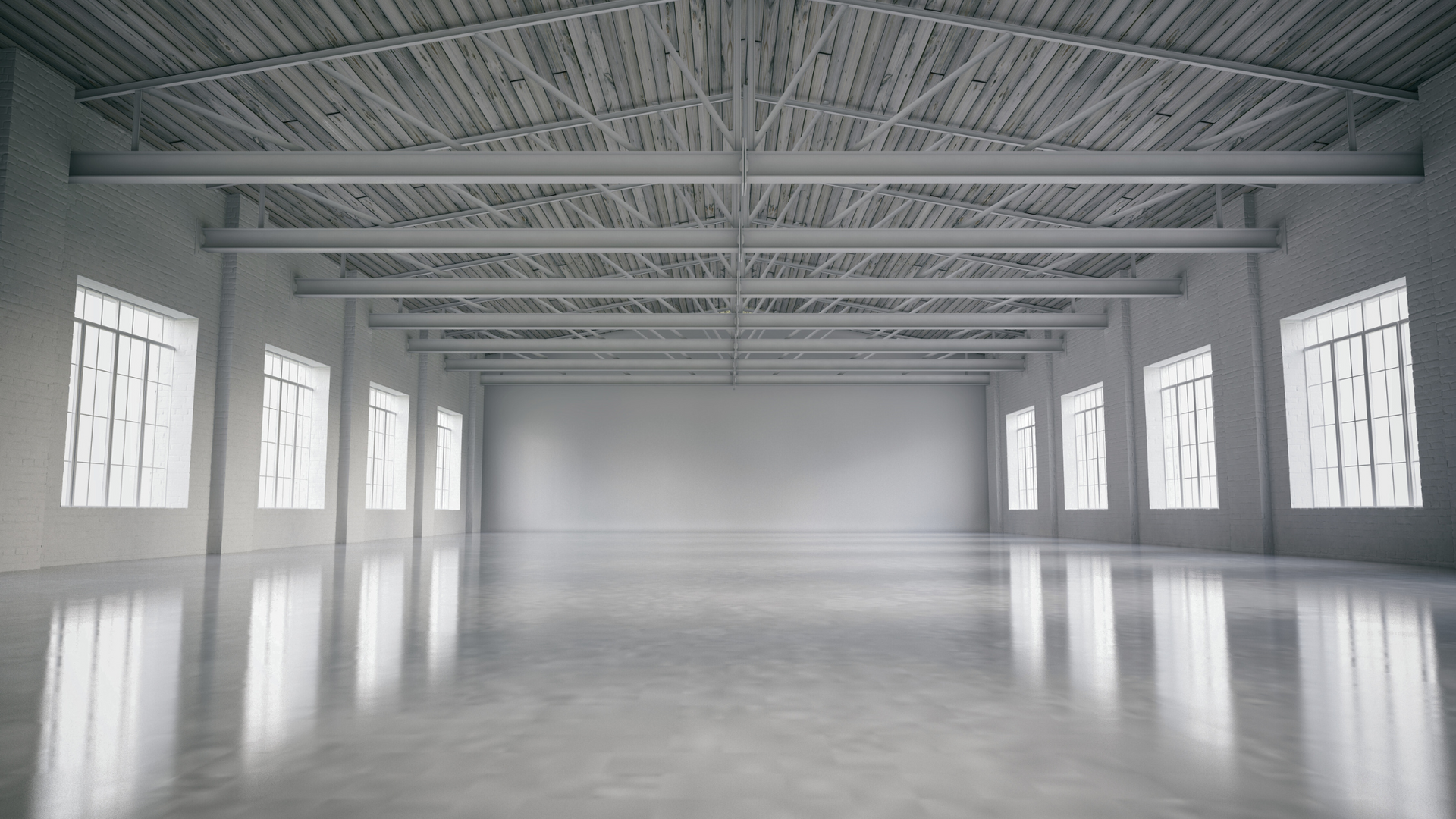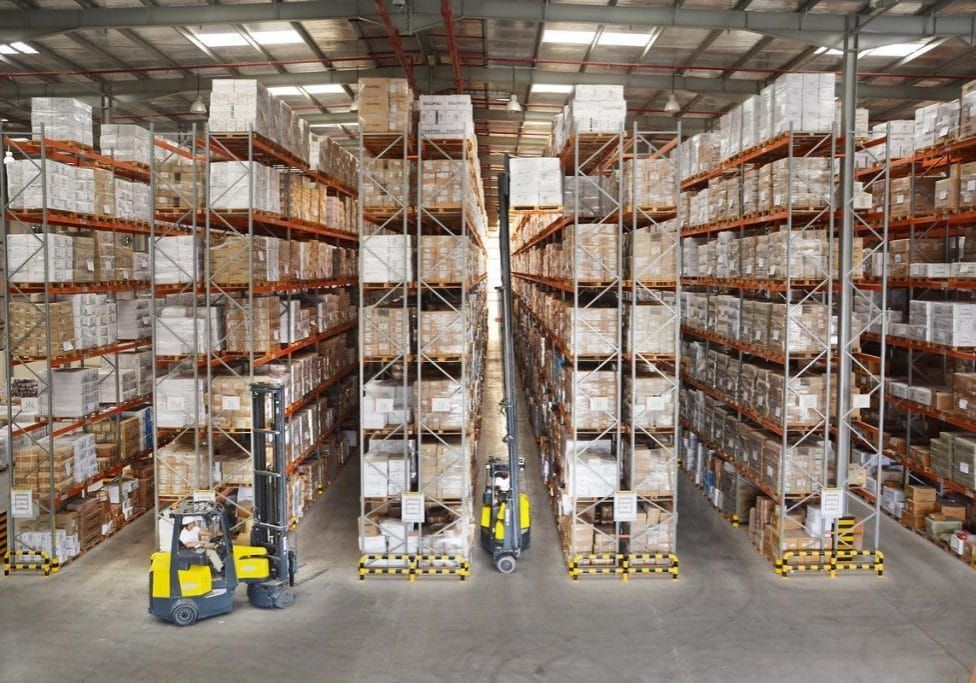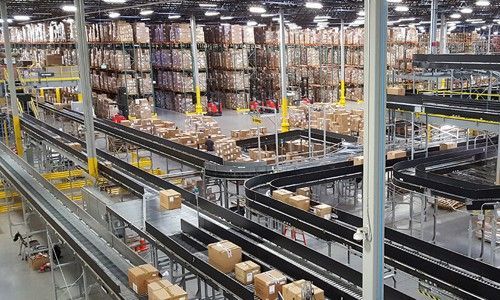BLOG
SEE OUR RECENT POSTS

Warehouse racking systems are vital for efficient storage and organization. Choosing the right system can significantly boost operational efficiency and maximize space utilization. To start, understanding your warehouse needs is essential. Assess your inventory types and turnover rates to determine the best racking solution. Evaluate your available space and layout to ensure the system fits well and enhances workflow. Future growth and scalability should also be considered to accommodate expansion without disruptions. There are various types of warehouse racking systems. One common type is the static pallet racking system. It provides robust storage for heavy items that don't need frequent movement. This system helps keep the warehouse organized, making managing inventory and accessing products easier. Investing in suitable warehouse racking systems can streamline operations, optimize space, and support future growth. Types of Warehouse Racking Systems Static Pallet Racking Systems Static pallet racking systems are a reliable choice for many warehouses. They offer robust and stable storage and are best suited for warehouses with consistent inventory levels. Key features include easy installation, high load capacity, and straightforward access to goods. Pros of these systems are their durability and simplicity. They make it easy to organize and retrieve items. However, they could be more flexible and make better use of space. Static pallet racking systems are a dependable part of warehouse racking systems, ideal for stable inventory needs. Mobile Pallet Racking Systems Mobile pallet racking systems are a smart solution for maximizing warehouse space. They're designed to increase storage density in high-density environments. Key features include movable aisles, allowing for compact storage and easy access to goods. Pros of mobile pallet racking systems include their ability to save space and improve organization. By eliminating fixed aisles, they create more room for storage. However, they require regular maintenance and can be more costly to install. Overall, mobile pallet racking systems efficiently make the most of warehouse space, particularly in areas with premium space. Deep Lane Storage Systems (Drive-In/Drive-Through) Deep lane storage systems, including Drive-In and Drive-Through systems, are tailored for bulk storage. They're perfect for homogenous products stored in large quantities. Key features include fewer aisles and deep storage lanes, optimizing space for high-density storage. Pros of these systems include their ability to maximize space utilization and streamline inventory management for products with low turnover. They're also cost-effective compared to other systems. However, they may have limited accessibility and require careful planning for loading and unloading. Overall, deep lane storage systems offer an efficient solution for warehouses storing large volumes of similar items. Pallet Shuttle Systems Pallet shuttle systems offer an innovative approach to warehouse racking systems . They're ideal for warehouses with various SKUs and fluctuating inventory levels. Key features include automated shuttles that move pallets within the racks, maximizing efficiency and minimizing labor requirements. Pallet shuttle systems' pros include their ability to handle diverse inventory and adapt to changing demands quickly. They also optimize space utilization by reducing aisle space. However, they require an initial investment in automation technology and may have higher maintenance costs. Storage Density Requirements Several factors deserve attention when choosing a warehouse racking system. Firstly, assess your inventory characteristics. Are they bulky, delicate, or uniform? This will influence which system best suits your needs. Next, consider your space constraints. Measure your warehouse dimensions to ensure the chosen system fits snugly. Storage density requirements are crucial. Compare different systems' capacity and how well they utilize space. Also, think about access and retrieval needs. If you frequently need to retrieve items, opt for a system that offers quick and easy access. Cost is always a consideration. Compare prices of different systems and factor in long-term maintenance costs. Scalability is another vital aspect. Ensure the chosen system can adapt to your business's growth. Consider these factors—inventory, space, access, cost, and scalability—to find the right warehouse racking system to optimize your operations efficiently. Initial investment vs. long-term benefits When choosing warehouse racking systems, consider the balance between initial investment and long-term benefits. While upfront costs matter, consider the potential savings and efficiencies gained over time. Safety and compliance are paramount. Ensure the chosen system meets industry safety standards to protect your employees and inventory. Flexibility and scalability are vital for adapting to changing business needs. Look for systems that can easily adjust to accommodate growth or shifts in inventory requirements. By prioritizing these factors, you'll select a warehouse racking system that delivers both immediate value and long-term benefits. Expert Tips When selecting the right warehouse racking system, advice from industry professionals like Checkpoint can be invaluable. They stress the importance of assessing specific needs before making a decision. Factors like inventory types, turnover rates, space availability, and future growth plans must be considered. One common mistake to avoid is overlooking safety standards. Ensure the chosen system complies with industry regulations to protect employees and inventory. Rushing the decision or prioritizing cost over quality are other pitfalls to sidestep. Choosing the right racking system is vital for operational efficiency and space utilization. It can streamline workflows, improve inventory management, and ultimately enhance productivity. Feel free to consult with experts like Checkpoint Group when needed. They can provide insights tailored to your unique requirements and help you navigate the options available. By assessing your needs and seeking expert guidance, you'll make a well-informed decision that benefits your business in the long run.

In today's fast-paced warehouse environments, automation is revolutionizing the way tasks are performed, offering numerous benefits to businesses. By replacing tedious and repetitive manual tasks with automation, such as Autonomous Mobile Robots (AMRs) and Automated Guided Vehicles (AGVs), companies can not only boost employee morale but also enhance safety, efficiency, and accuracy. In this blog, we will explore the advantages of automation in the warehouse, the link between repetitive human tasks and low employee morale, the fast justification for replacing tedious tasks with AMRs or AGVs, the improved safety and efficiency achieved through automation, and the future outlook on workplace automation. Additionally, we will emphasize Checkpoint Group's expertise in designing, supplying, and integrating automation solutions, providing a comprehensive approach to automation projects.

In the quest for efficient and space-saving storage solutions, vertical lift modules (VLMs) have emerged as a game-changer in the automated storage industry. With their innovative design and advanced technology, VLMs provide businesses with a scalable and efficient solution for storing and retrieving items. In this blog, we will explore the benefits and future outlook of VLMs as a space-saving picking system, highlighting the strategic partnerships between Checkpoint Group and leading VLM manufacturers.

Articulated forklifts play a crucial role in the design, supply, and installation of industrial warehouse storage systems. These versatile machines offer a range of benefits, allowing businesses to optimize their operations for improved efficiency. In this blog post, we will explore the advantages of using articulated forklifts and highlight four popular brands in the market: Aisle Master, Flexi, Bendi, and NA Lift.



